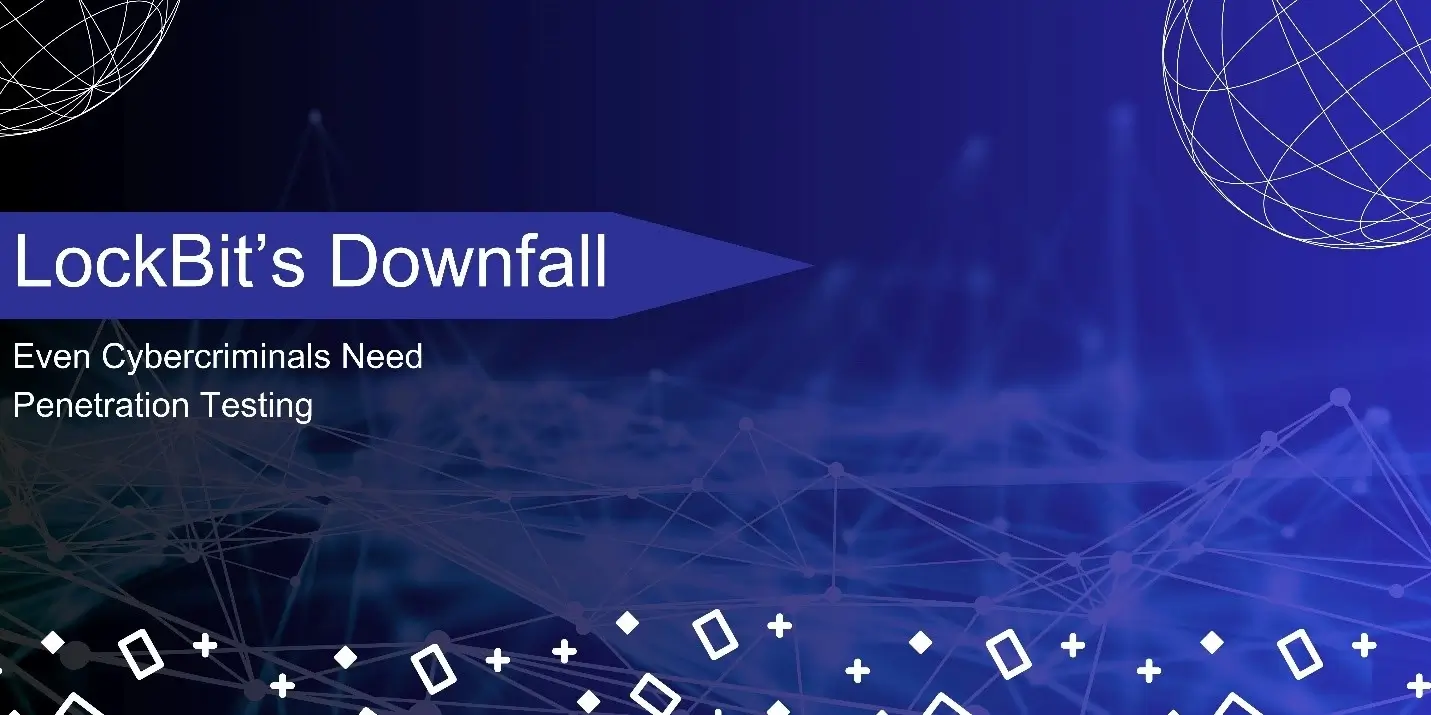In a groundbreaking maneuver, the UK’s National Crime Agency (NCA) orchestrated a meticulously planned Lockbit takedown, an infamous ransomware gang that has left an indelible mark on businesses worldwide. The operation, aptly named Operation Cronos, not only exposed the inner workings of LockBit but also ironically emphasized the crucial role of penetration testing in fortifying organizations against ever-evolving cyber threats.
Confirmation of Ransom Payouts
The takedown brought a disconcerting truth to light—paying a ransom doesn’t guarantee the secure deletion of pilfered data. The NCA’s revelation that data from victims who had complied with LockBit’s ransom demands still existed on the seized systems serves as a stark reminder that meeting hackers’ demands does not assure the eradication of compromised data.
Ransomware Groups Falling Behind in Patching
A notable revelation unfolded as ransomware groups proved susceptible to negligence in addressing critical software flaws. LockBit, considered one of the most prolific ransomware outfits, succumbed to law enforcement’s exploitation of a known vulnerability in PHP, specifically CVE-2023-3824. This flaw, patched in August 2023, underscored the group’s failure to address a preventable weakness, raising questions about the overall cybersecurity hygiene of such groups, who themselves live off exploiting such vulnerabilities and know how deadly they can be.
The Lengthy Process of Ransomware Takedowns
Operation Cronos, spanning several years, stands as a testament to the painstaking efforts required for a successful ransomware takedown. Initiated in April 2022 at the behest of French authorities, the investigation witnessed the European Cybercrime Center organizing numerous operational meetings and technical sprints. These efforts paved the way for the recent operation that dismantled LockBit, showcasing the extensive planning and coordination necessary for such complex cybercrime interventions.
The Crucial Role of Penetration Testing
The LockBit takedown serves as a clear call for the widespread adoption of penetration testing as a cornerstone of cybersecurity strategies. Regular and thorough penetration testing could have potentially identified and remedied the PHP vulnerability that ultimately led to LockBit’s downfall. This proactive approach to cybersecurity stands as a backbone in defense against the dynamic and evolving landscape of cyber threats.
LockBit’s Extensive Victim Count
With over 2,000 victims worldwide, LockBit’s reign of ransomware terror left an indelible mark on businesses, healthcare facilities, and governments. The US Justice Department’s disclosure that the group amassed over $120 million in ransom payments underscores its formidable position in the cybercrime arena. LockBit’s audacious attacks targeted entities ranging from a children’s hospital to corporate giants like Boeing, highlighting the indiscriminate nature of its campaigns.
Sanctions Impacting Multiple Ransomware Ventures
The sanctions imposed on key LockBit member Ivan Gennadievich Kondratiev have far-reaching implications, revealing his involvement in various ransomware gangs beyond LockBit. With ties to REvil, RansomEXX, and Avaddon, Kondratiev’s sanctions disrupt his influence across different ransomware operations, shedding light on the interconnected nature of cybercriminal networks. This development demonstrates the collateral impact sanctions can have on the broader cybercrime ecosystem.
A Touch of Humor Amidst the Operation
In an unexpected twist, the NCA injected a sense of humor into the LockBit takedown, mimicking the group’s dark web leak site for the release of information. Easter eggs found on the seized site, such as file names like “oh dear.png” and “this_is_really_bad.png,” added a lighthearted touch to an otherwise serious operation. This subtle nod to wit showcased the NCA’s ability to navigate the intricate world of cybercrime with a blend of seriousness and levity.
Conclusion
The LockBit takedown stands as a landmark event in the ongoing battle against ransomware, unveiling vulnerabilities within ransomware groups and underscoring the need for a robust cybersecurity posture. At its core, the operation highlights the paramount importance of penetration testing in identifying and addressing potential weaknesses before they can be exploited. As law enforcement adapts to the ever-evolving tactics of cybercriminals, organizations are urged to prioritize proactive cybersecurity strategies, emphasizing regular penetration testing, to stay ahead of the curve and safeguard against emerging cyber threats. The LockBit saga serves as an important lesson in the continual pursuit of cybersecurity resilience in the face of an ever-shifting digital landscape.









